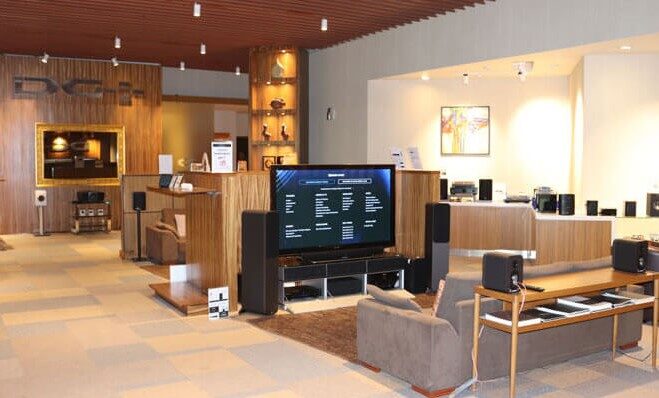
Retailers today are seen to be taking pride in calling themselves a data or technology companies irrespective of the vertical they represent. From F&B brands like Starbucks to luxury retailers like Louis Vuitton, most companies today have been aggressively acquiring, accessing and using data to push their business forward. In fact, LVMH recently announced a partnership with Google Cloud to leverage the latter’s artificial intelligence capabilities in order to provide its own wealthy customers a more personalised experience when they shop online.
According to Mordor Intelligence, big data analytics in the retail market was estimated at $4.18 billion in 2020. This market is expected to reach USD 13.26 billion by the end of 2026, registering a CAGR of 21.20% during the forecast period of 2021-2026. This isn’t surprising at all considering the different scopes and potentials of using data with the help of all the analytical tools retailers have at their disposal today.
With the hype around big data, it is easy to blindly jump on the bandwagon of being data-centric/data-driven/data-led, but are retailers really asking if that’s what their customers want, and if that’s what their business is about?
DG+, the audio/video specialist part of the Sharaf DG group, opened its first boutique in Times Square Centre back in 2007 with the aim to offer its exclusive customers the world’s most elite brands and take the audio-video experience to a whole new dimension. After having made a strong mark, built a loyal customer base, and achieved its initial goal, the company continues to thrive in its niche, without wavering away from its original ethos and getting carried away with over-the-top innovations and emerging technological transformations that has taken over the retail landscape in the region and globally.
Does that mean they are being left behind? Not at all. In fact, its financial results even during the pandemic say otherwise. The company has firmly stuck to its values and promise of putting its customers first – by listening to them, engaging with them, and catering to their individual needs. But they don’t (need to) use elaborate technologies or data analyisng systems to do that. They just sit down and talk to them, old-school styles.
“We understand how technology is progressing and are also using data to our strategic advantage, when necessary. At the same time, we understand who our clients and customers are. When it comes to offering bespoke solutions, our offerings are really personalized for specific requirements,” said Hitesh Ojha, Head of Business at DG+.
DG+ caters to high net worth individuals (HNIs) with very specific needs and requirements, buying patterns and experience demands. “When your clients are HNIs who don’t want to be retargeted or sent messages regularly, and when those clients have great relationships with the consultants in-house, then your offerings are already personalized and relationship-based,” he said.
“Our clients know who we are and where we are and have great relationships with us already, as a result of which they tend to spend a lot of their personal time here to just come and browse through our products and have a chat with us. We use that human element and human interaction to maintain those relationships,” he explained.
The DG+ store in itself offers a very unique experience facilitated by its physical design and structure. Steve Jobs once said that ‘design isn’t about what it looks like, it is about how it works’ and the DG+ store serves to be an example of that. The store is segmented to look like different living spaces to give customers an idea of how the products being retailed would look and sound in their own homes. Complete with a few living room options, big home theatre spaces, a sound room, and a full at-home cinema, the store paints a clear picture of how the TVs, speakers, and other AV accessories would fit in their houses.
“Any area you walk into (within the store), is what you can imagine to be a space in your own home. It is designed in a way that customers get an idea of how the products will look and sound in their homes,” he said.
“The HNIs tend to have fairly large living spaces. Typically, they come in here, we give them an experience of the type of set up they’d have in their homes. We then work with them, design the cinema (or whatever they need) and as their property comes together we also put together the cinema for them,” he explained.
Clearly, the format of the retailer is not one where a customer walks in, buys a product and leaves. The nature of the products sold and the experience promised demands a longer interaction and relationship between the customer and the retailer.
“For any customer, our relationship never ends at sales. Aftersales support and services are very important. None of our customers are customers for one sale alone, they are customers for life.”
“The store isn’t just a retail store but also an offline platform where together with integrators employed by the HNI customers, we put solutions together. So it is home to our customers but also to system integrators who come here with their clients to put together a solution,” he added.
When everyone from the store staff, technical and mechanical teams, and even the managers are personally and directly involved with the customers for a long-term engagement, the organic relationships built through communication and conversations serve as the treasury of data that others are still chasing. When traditional techniques are effective, then why would anyone want to complicate it with innovations that are better off with those that don’t have access to such personal human connections?